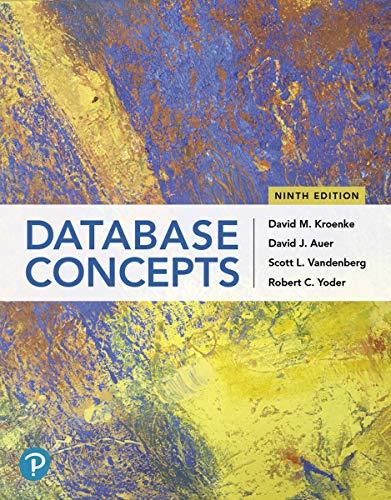Question
Suppose a bank makes loan decisions using two decision trees, one that uses attributes related to credit history and one that uses other demographic attributes.
Suppose a bank makes loan decisions using two decision trees, one that uses attributes related to credit history and one that uses other demographic attributes. Each decision tree separately classifies a loan applicant as High Risk or Low Risk. The bank only offers a loan when both decision trees predict Low Risk.
(a) Describe an algorithm for converting this pair of decision trees into a single decision tree that makes the same predictions (that is, it predicts non-risky only when both of the original decision trees would have predicted non-risky).
(b) Let n1 and n2 be the number of leaves in the first and second decision trees, respectively. Provide an upper bound on n, the number of leaves in the single equivalent decision tree, expressed as a function of n1 and n2.
Step by Step Solution
There are 3 Steps involved in it
Step: 1

Get Instant Access to Expert-Tailored Solutions
See step-by-step solutions with expert insights and AI powered tools for academic success
Step: 2

Step: 3

Ace Your Homework with AI
Get the answers you need in no time with our AI-driven, step-by-step assistance
Get Started


